1、服务器中的数据库
redis数据库将所有数据库保存在redis.h/redisServer结构的redisDb *db 数组中。db数组的每一项都是一个redis.h/redisDb结构,每个redisDb结构代表一个数据库.
struct redisServer {
//...
// 数据库
redisDb *db;
//服务器的数据库数量
int dbnum; /* Total number of configured DBs */
//...
};初始化服务器时,程序会根据服务器状态的dbnum属性来决定应该创建多少个数据库,dbnum的值由配置的database选项决定,默认为16。
数据库redis.h/redisDb结构的定义
/* Redis database representation. There are multiple databases identified
* by integers from 0 (the default database) up to the max configured
* database. The database number is the 'id' field in the structure. */
typedef struct redisDb {
// 数据库键空间,保存着数据库中的所有键值对
dict *dict; /* The keyspace for this DB */
// 键的过期时间,字典的键为键,字典的值为过期事件 UNIX 时间戳
dict *expires; /* Timeout of keys with a timeout set */
// 正处于阻塞状态的键
dict *blocking_keys; /* Keys with clients waiting for data (BLPOP) */
// 可以解除阻塞的键
dict *ready_keys; /* Blocked keys that received a PUSH */
// 正在被 WATCH 命令监视的键
dict *watched_keys; /* WATCHED keys for MULTI/EXEC CAS */
struct evictionPoolEntry *eviction_pool; /* Eviction pool of keys */
// 数据库号码
int id; /* Database ID */
// 数据库的键的平均 TTL ,统计信息
long long avg_ttl; /* Average TTL, just for stats */
} redisDb;2、切换数据库
每个redis客户端都有一个目标数据库,默认为0号数据库,可以通过SELECT命令切换目标数据库。
SELECT 2
OK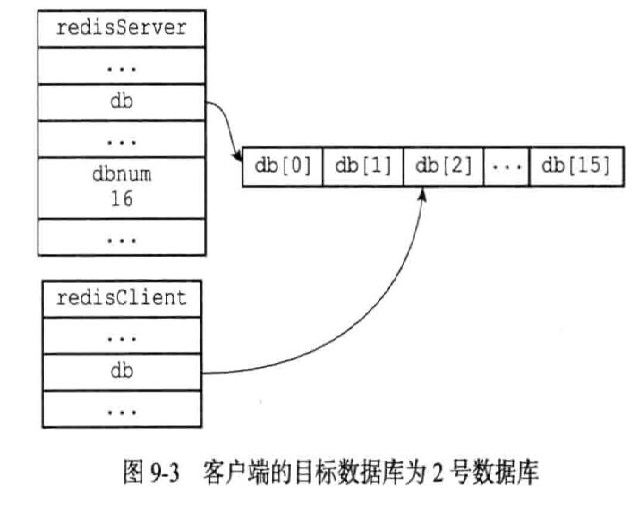
通过修改redisClient.db指针,让它指向服务器中的不同数据库,从而实现切换目标数据库的功能,这就是SELECT命令的实现原理。
3、键空间
键空间
Redis 是一个键值对(key-value pair)数据库服务器, 服务器中的每个数据库都由一个 redis.h/redisDb 结构表示, 其中, redisDb 结构的 dict 字典保存了数据库中的所有键值对, 我们将这个字典称为键空间(key space)。
键空间和用户所见的数据库是直接对应的:
键空间的键也就是数据库的键, 每个键都是一个字符串对象。
键空间的值也就是数据库的值, 每个值可以是字符串对象、列表对象、哈希表对象、集合对象和有序集合对象在内的任意一种 Redis 对象。

数据库的键空间是一个字典, 所以所有针对数据库的操作 —— 添加一个键值对到数据库, 从数据库中删除一个键值对, 在数据库中获取某个键值对, 等等, 实际上都是通过对键空间字典进行操作来实现的。
读写键空间时的维护操作
当使用 Redis 命令对数据库进行读写时, 服务器不仅会对键空间执行指定的读写操作, 还会执行一些额外的维护操作, 其中包括:
①在读取一个键之后(读操作和写操作都要对键进行读取), 服务器会根据键是否存在, 以此来更新服务器的键空间命中(hit)次数或键空间不命中(miss)次数, 这两个值可以在 INFO stats 命令的 keyspace_hits 属性和 keyspace_misses 属性中查看。
127.0.0.1:6379> info stats
# Stats
total_connections_received:1
total_commands_processed:42
instantaneous_ops_per_sec:0
rejected_connections:0
sync_full:0
sync_partial_ok:0
sync_partial_err:0
expired_keys:0
evicted_keys:0
keyspace_hits:21 //命中次数
keyspace_misses:1 //不命中次数
pubsub_channels:0
pubsub_patterns:0
latest_fork_usec:8764②在读取一个键之后, 服务器会更新键的 LRU (最后一次使用)时间, 这个值可以用于计算键的闲置时间, 使用命令 OBJECT idletime 命令可以查看键 key 的闲置时间。
如果服务器在读取一个键时, 发现该键已经过期, 那么服务器会先删除这个过期键, 然后才执行余下的其他操作, 本章稍后对过期键的讨论会详细说明这一点。
如果有客户端使用 WATCH 命令监视了某个键, 那么服务器在对被监视的键进行修改之后, 会将这个键标记为脏(dirty), 从而让事务程序注意到这个键已经被修改过, 《事务》一章会详细说明这一点。
服务器每次修改一个键之后, 都会对脏(dirty)键计数器的值增一, 这个计数器会触发服务器的持久化以及复制操作执行, 《RDB 持久化》、《AOF 持久化》和《复制》这三章都会说到这一点。
如果服务器开启了数据库通知功能, 那么在对键进行修改之后, 服务器将按配置发送相应的数据库通知, 本章稍后讨论数据库通知功能的实现时会详细说明这一点。
4、键的生存时间和过期时间
设置键的生存时间和过期时间
EXPIRE命令或者PEXPIRE命令,客户端以秒或者毫秒精度为数据库某个键设置生存时间(Time To Live,TTL),时间过后服务器自动删除生存时间为0的键。
redis> SET name ld
OK
redis> EXPIRE name 10
(integer) 1
redis> GET name //10s内
“ld"
redis> GET name //10s后
(nil)EXPIREAT命令或PEXPIREAT命令,以秒或者毫秒精度给数据库的某个键设置过期时间(expire time),过期时间是一个UNIX时间戳,当过期时间来临时,服务器会自动从服务器中删除这个键。
expire
vi. 期满;终止;死亡;呼气
vt. 呼出(空气)
保存过期时间
redisDb结构的expires字典,保存了数据库中所有键的过期时间,称这个字典为过期字典。
键空间保存了数据库的所有键值对,过期字典保存了数据库键的过期时间。
dict *expires;
过期字典的键是一个指针,指向键空间中的某个键对象。
过期字典的值只一个long long类型的整数,保存了键所指数据库键的过期时间,一个毫秒精度的UNIX时间戳。
移除过期时间
计算并返回剩余生存时间
TTL命令以秒为单位返回键的剩余生存时间,PTTL以毫秒为单位返回键的剩余生存时间,这两个命令都是通过计算过期时间和当前时间之间的差来实现。
5、过期键的删除策略
过期键的判定
过期键的删除策略
三种不同的删除策略:
redis服务器是配合使用惰性删除和定期删除两种策略,很好的在合理使用CPU时间和避免浪费内存空间之间取得平衡。
①惰性删除策略的实现
db.c/expireIfNeeded函数,所有读写数据库的redis命令在执行前都会调用expireIfNeeded函数对输入键进行检查,如果将过期,则删除;如果未过期,不做动作。
/*
* 检查 key 是否已经过期,如果是的话,将它从数据库中删除。
*
* 返回 0 表示键没有过期时间,或者键未过期。
*
* 返回 1 表示键已经因为过期而被删除了。
*/
int expireIfNeeded(redisDb *db, robj *key) {
// 取出键的过期时间
mstime_t when = getExpire(db,key);
mstime_t now;
// 没有过期时间
if (when < 0) return 0; /* No expire for this key */
/* Don't expire anything while loading. It will be done later. */
// 如果服务器正在进行载入,那么不进行任何过期检查
if (server.loading) return 0;
/* If we are in the context of a Lua script, we claim that time is
* blocked to when the Lua script started. This way a key can expire
* only the first time it is accessed and not in the middle of the
* script execution, making propagation to slaves / AOF consistent.
* See issue #1525 on Github for more information. */
now = server.lua_caller ? server.lua_time_start : mstime();
/* If we are running in the context of a slave, return ASAP:
* the slave key expiration is controlled by the master that will
* send us synthesized DEL operations for expired keys.
*
* Still we try to return the right information to the caller,
* that is, 0 if we think the key should be still valid, 1 if
* we think the key is expired at this time. */
// 当服务器运行在 replication 模式时
// 附属节点并不主动删除 key
// 它只返回一个逻辑上正确的返回值
// 真正的删除操作要等待主节点发来删除命令时才执行
// 从而保证数据的同步
if (server.masterhost != NULL) return now > when;
// 运行到这里,表示键带有过期时间,并且服务器为主节点
/* Return when this key has not expired */
// 如果未过期,返回 0
if (now <= when) return 0;
/* Delete the key */
server.stat_expiredkeys++;
// 向 AOF 文件和附属节点传播过期信息
propagateExpire(db,key);
// 发送事件通知
notifyKeyspaceEvent(REDIS_NOTIFY_EXPIRED,
"expired",key,db->id);
// 将过期键从数据库中删除
return dbDelete(db,key);
}
②定期删除策略的实现
redis.c/activeExpireCycle函数实现。每当redis的服务器周期性操作redis.c/serverCron函数执行时,activeExpireCycle函数就会被调用,在规定的时间内,分多次遍历服务器中的各个数据库,从数据库的expires字典中随机检查一部分键的过期时间,并删除其中的过期键。
void activeExpireCycle(int type) {
/* This function has some global state in order to continue the work
* incrementally across calls. */
// 静态变量,用来累积函数连续执行时的数据
static unsigned int current_db = 0; /* Last DB tested. */
static int timelimit_exit = 0; /* Time limit hit in previous call? */
static long long last_fast_cycle = 0; /* When last fast cycle ran. */
unsigned int j, iteration = 0;
// 默认每次处理的数据库数量
unsigned int dbs_per_call = REDIS_DBCRON_DBS_PER_CALL;
// 函数开始的时间
long long start = ustime(), timelimit;
// 快速模式
if (type == ACTIVE_EXPIRE_CYCLE_FAST) {
/* Don't start a fast cycle if the previous cycle did not exited
* for time limt. Also don't repeat a fast cycle for the same period
* as the fast cycle total duration itself. */
// 如果上次函数没有触发 timelimit_exit ,那么不执行处理
if (!timelimit_exit) return;
// 如果距离上次执行未够一定时间,那么不执行处理
if (start < last_fast_cycle + ACTIVE_EXPIRE_CYCLE_FAST_DURATION*2) return;
// 运行到这里,说明执行快速处理,记录当前时间
last_fast_cycle = start;
}
/* We usually should test REDIS_DBCRON_DBS_PER_CALL per iteration, with
* two exceptions:
*
* 一般情况下,函数只处理 REDIS_DBCRON_DBS_PER_CALL 个数据库,
* 除非:
*
* 1) Don't test more DBs than we have.
* 当前数据库的数量小于 REDIS_DBCRON_DBS_PER_CALL
* 2) If last time we hit the time limit, we want to scan all DBs
* in this iteration, as there is work to do in some DB and we don't want
* expired keys to use memory for too much time.
* 如果上次处理遇到了时间上限,那么这次需要对所有数据库进行扫描,
* 这可以避免过多的过期键占用空间
*/
if (dbs_per_call > server.dbnum || timelimit_exit)
dbs_per_call = server.dbnum;
/* We can use at max ACTIVE_EXPIRE_CYCLE_SLOW_TIME_PERC percentage of CPU time
* per iteration. Since this function gets called with a frequency of
* server.hz times per second, the following is the max amount of
* microseconds we can spend in this function. */
// 函数处理的微秒时间上限
// ACTIVE_EXPIRE_CYCLE_SLOW_TIME_PERC 默认为 25 ,也即是 25 % 的 CPU 时间
timelimit = 1000000*ACTIVE_EXPIRE_CYCLE_SLOW_TIME_PERC/server.hz/100;
timelimit_exit = 0;
if (timelimit <= 0) timelimit = 1;
// 如果是运行在快速模式之下
// 那么最多只能运行 FAST_DURATION 微秒
// 默认值为 1000 (微秒)
if (type == ACTIVE_EXPIRE_CYCLE_FAST)
timelimit = ACTIVE_EXPIRE_CYCLE_FAST_DURATION; /* in microseconds. */
// 遍历数据库
for (j = 0; j < dbs_per_call; j++) {
int expired;
// 指向要处理的数据库
redisDb *db = server.db+(current_db % server.dbnum);
/* Increment the DB now so we are sure if we run out of time
* in the current DB we'll restart from the next. This allows to
* distribute the time evenly across DBs. */
// 为 DB 计数器加一,如果进入 do 循环之后因为超时而跳出
// 那么下次会直接从下个 DB 开始处理
current_db++;
/* Continue to expire if at the end of the cycle more than 25%
* of the keys were expired. */
do {
unsigned long num, slots;
long long now, ttl_sum;
int ttl_samples;
/* If there is nothing to expire try next DB ASAP. */
// 获取数据库中带过期时间的键的数量
// 如果该数量为 0 ,直接跳过这个数据库
if ((num = dictSize(db->expires)) == 0) {
db->avg_ttl = 0;
break;
}
// 获取数据库中键值对的数量
slots = dictSlots(db->expires);
// 当前时间
now = mstime();
/* When there are less than 1% filled slots getting random
* keys is expensive, so stop here waiting for better times...
* The dictionary will be resized asap. */
// 这个数据库的使用率低于 1% ,扫描起来太费力了(大部分都会 MISS)
// 跳过,等待字典收缩程序运行
if (num && slots > DICT_HT_INITIAL_SIZE &&
(num*100/slots < 1)) break;
/* The main collection cycle. Sample random keys among keys
* with an expire set, checking for expired ones.
*
* 样本计数器
*/
// 已处理过期键计数器
expired = 0;
// 键的总 TTL 计数器
ttl_sum = 0;
// 总共处理的键计数器
ttl_samples = 0;
// 每次最多只能检查 LOOKUPS_PER_LOOP 个键
if (num > ACTIVE_EXPIRE_CYCLE_LOOKUPS_PER_LOOP)
num = ACTIVE_EXPIRE_CYCLE_LOOKUPS_PER_LOOP;
// 开始遍历数据库
while (num--) {
dictEntry *de;
long long ttl;
// 从 expires 中随机取出一个带过期时间的键
if ((de = dictGetRandomKey(db->expires)) == NULL) break;
// 计算 TTL
ttl = dictGetSignedIntegerVal(de)-now;
// 如果键已经过期,那么删除它,并将 expired 计数器增一
if (activeExpireCycleTryExpire(db,de,now)) expired++;
if (ttl < 0) ttl = 0;
// 累积键的 TTL
ttl_sum += ttl;
// 累积处理键的个数
ttl_samples++;
}
/* Update the average TTL stats for this database. */
// 为这个数据库更新平均 TTL 统计数据
if (ttl_samples) {
// 计算当前平均值
long long avg_ttl = ttl_sum/ttl_samples;
// 如果这是第一次设置数据库平均 TTL ,那么进行初始化
if (db->avg_ttl == 0) db->avg_ttl = avg_ttl;
/* Smooth the value averaging with the previous one. */
// 取数据库的上次平均 TTL 和今次平均 TTL 的平均值
db->avg_ttl = (db->avg_ttl+avg_ttl)/2;
}
/* We can't block forever here even if there are many keys to
* expire. So after a given amount of milliseconds return to the
* caller waiting for the other active expire cycle. */
// 我们不能用太长时间处理过期键,
// 所以这个函数执行一定时间之后就要返回
// 更新遍历次数
iteration++;
// 每遍历 16 次执行一次
if ((iteration & 0xf) == 0 && /* check once every 16 iterations. */
(ustime()-start) > timelimit)
{
// 如果遍历次数正好是 16 的倍数
// 并且遍历的时间超过了 timelimit
// 那么断开 timelimit_exit
timelimit_exit = 1;
}
// 已经超时了,返回
if (timelimit_exit) return;
/* We don't repeat the cycle if there are less than 25% of keys
* found expired in the current DB. */
// 如果已删除的过期键占当前总数据库带过期时间的键数量的 25 %
// 那么不再遍历
} while (expired > ACTIVE_EXPIRE_CYCLE_LOOKUPS_PER_LOOP/4);
}
}







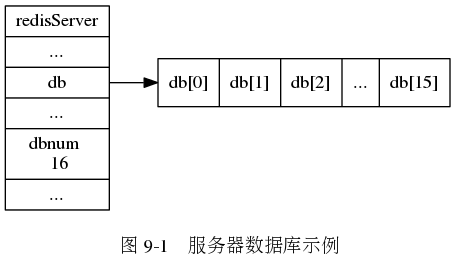
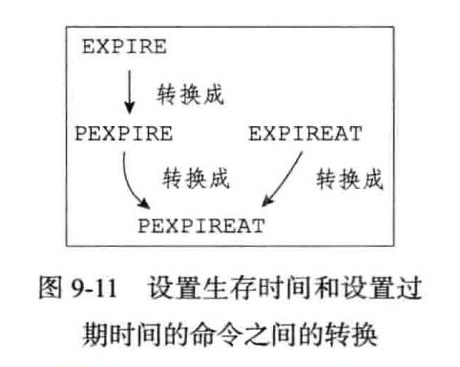
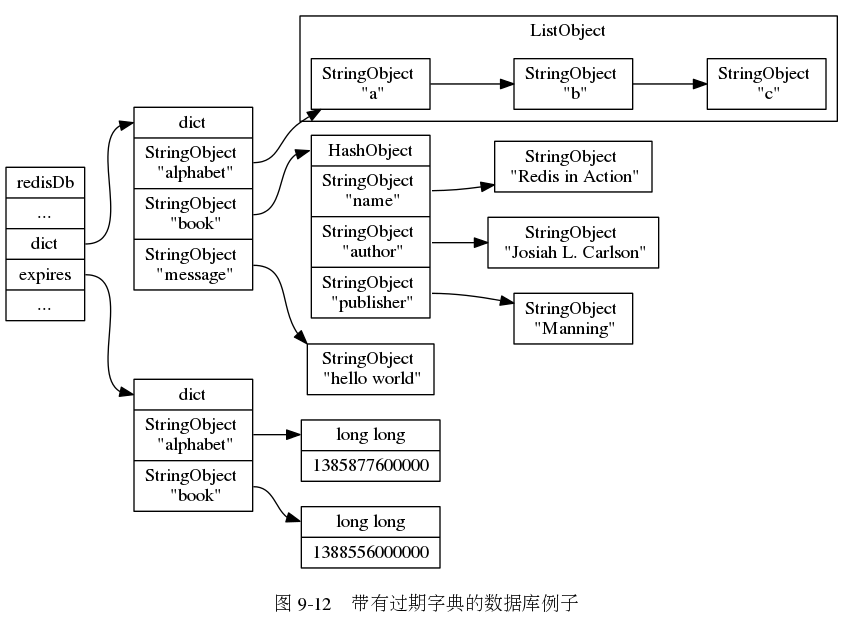
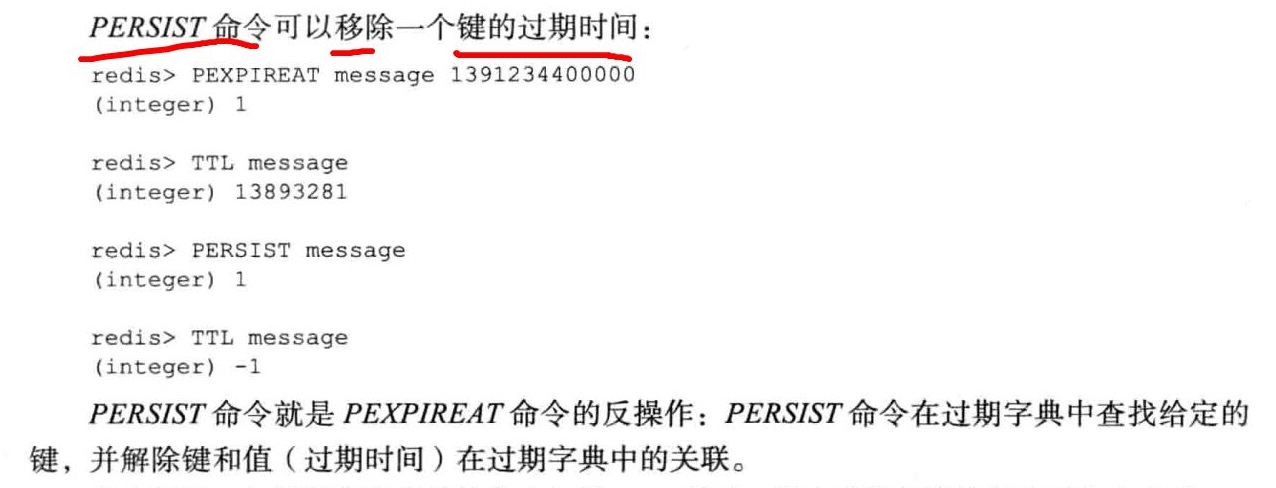
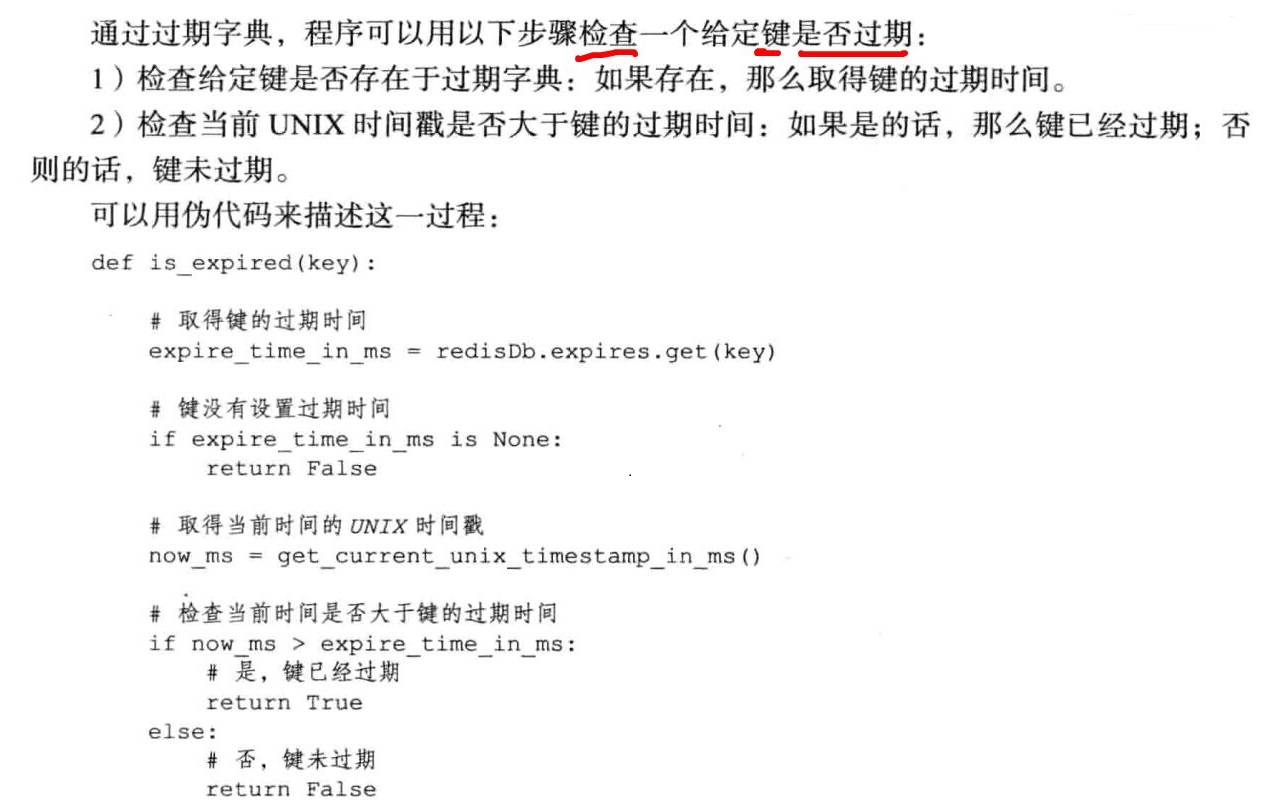

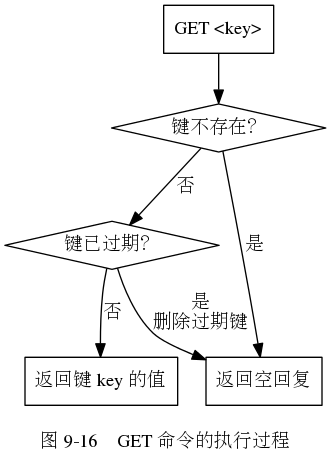













 29万+
29万+











 被折叠的 条评论
为什么被折叠?
被折叠的 条评论
为什么被折叠?








